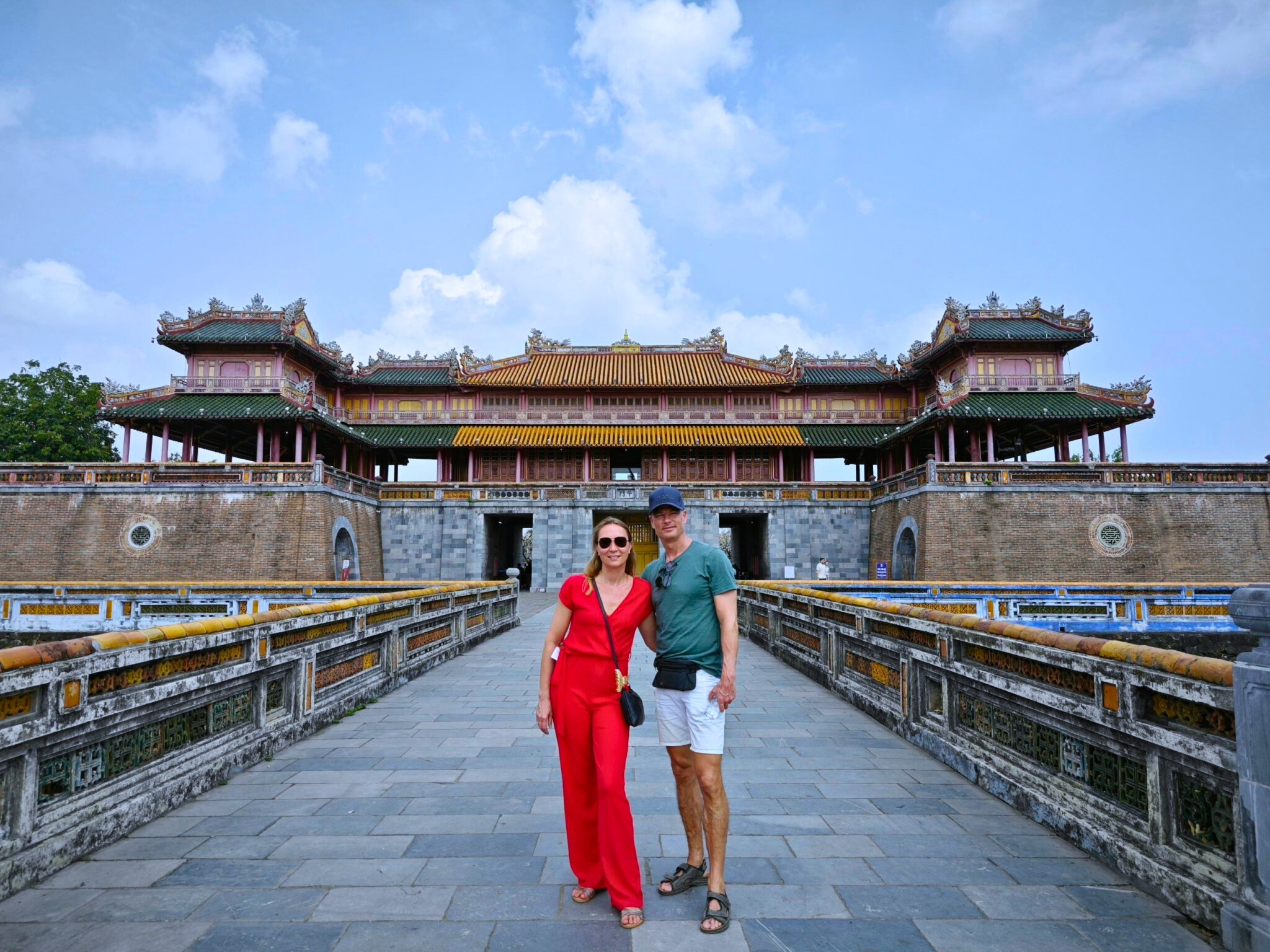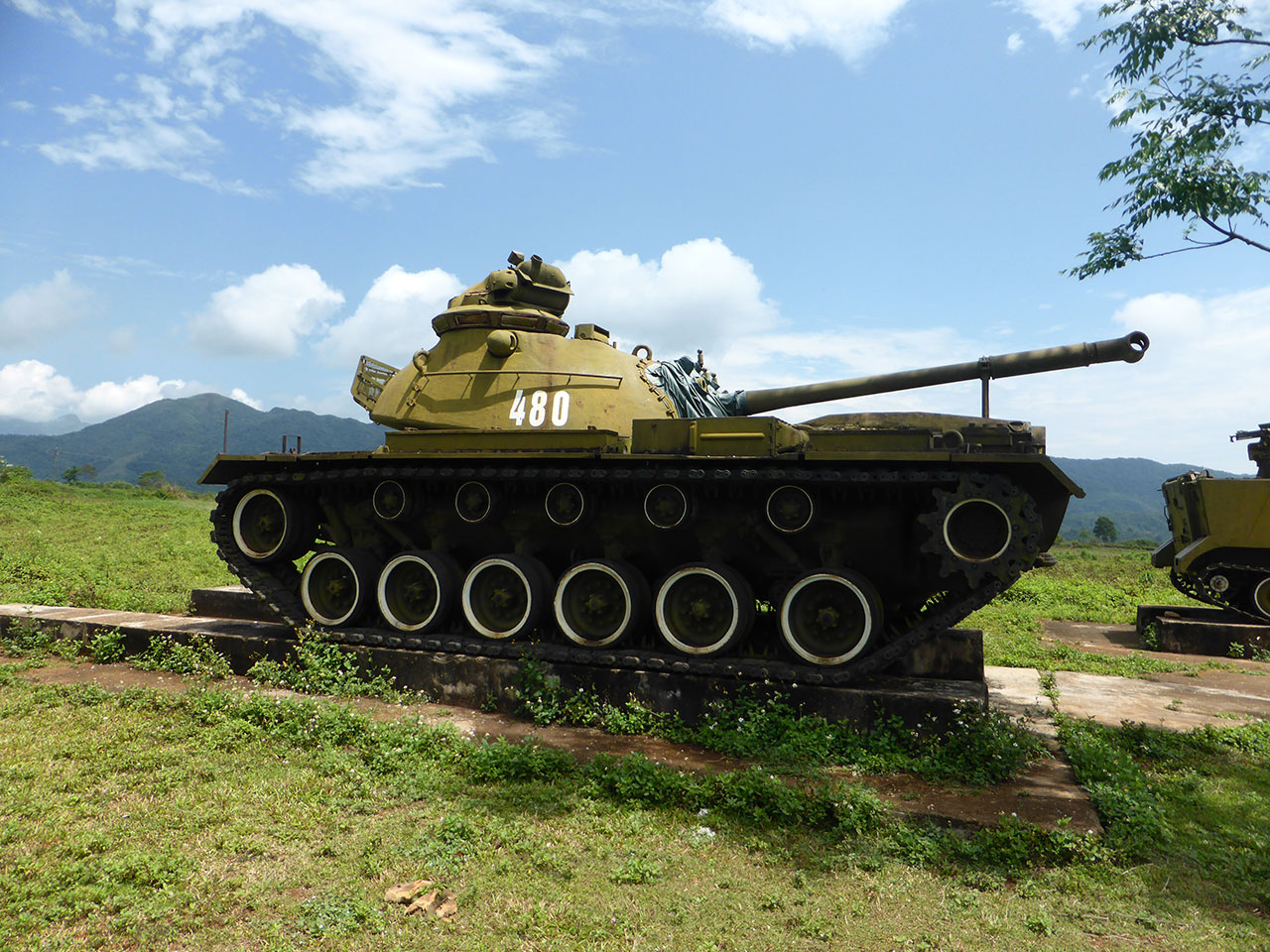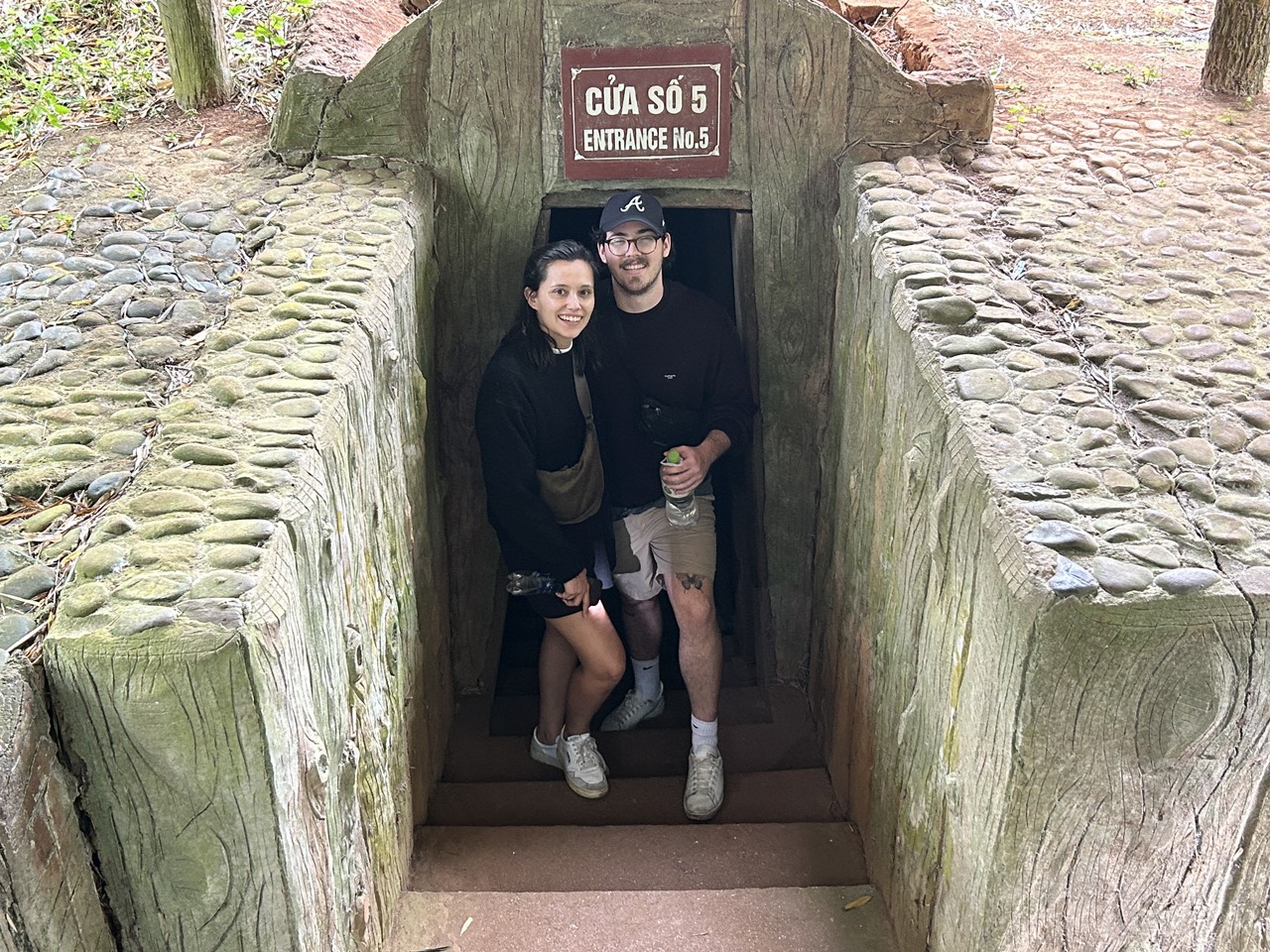Dong Ba Market: The Ultimate Guide to Hue’s Historic Trading Heart
Standing proudly on the northern bank of the Perfume River in Hue, Dong Ba Market has served as the commercial heartbeat of Vietnam’s former imperial capital for over a century. This sprawling marketplace isn’t just a shopping destination—it’s a living museum where history, culture, and commerce intertwine to create an unforgettable Vietnamese experience.</p
What Makes Dong Ba Market Special?
Unlike modern shopping centers, Dong Ba Market offers something money can’t replicate: authenticity. Established in 1899 during the Thanh Thai Emperor’s reign, this market has witnessed the rise and fall of dynasties, survived wars, and continues to thrive as Central Vietnam’s largest traditional market.
“Dong Ba Market is where the soul of Hue comes alive through colors, sounds, and flavors that have remained unchanged for generations.”
Location and How to Get There
Strategically positioned at Tran Hung Dao Street, the market sits just 2 kilometers from the Imperial City of Hue. This prime location makes it easily accessible from major tourist attractions.
Transportation Options:
- By Cyclo: Experience traditional transportation for 50,000-70,000 VND from the city center
- By Taxi: Convenient and affordable, costing around 30,000-40,000 VND from most hotels
- By Motorbike: Rent for 100,000-150,000 VND per day for maximum flexibility
- On Foot: Pleasant 15-20 minute walk from Hue’s tourist quarter
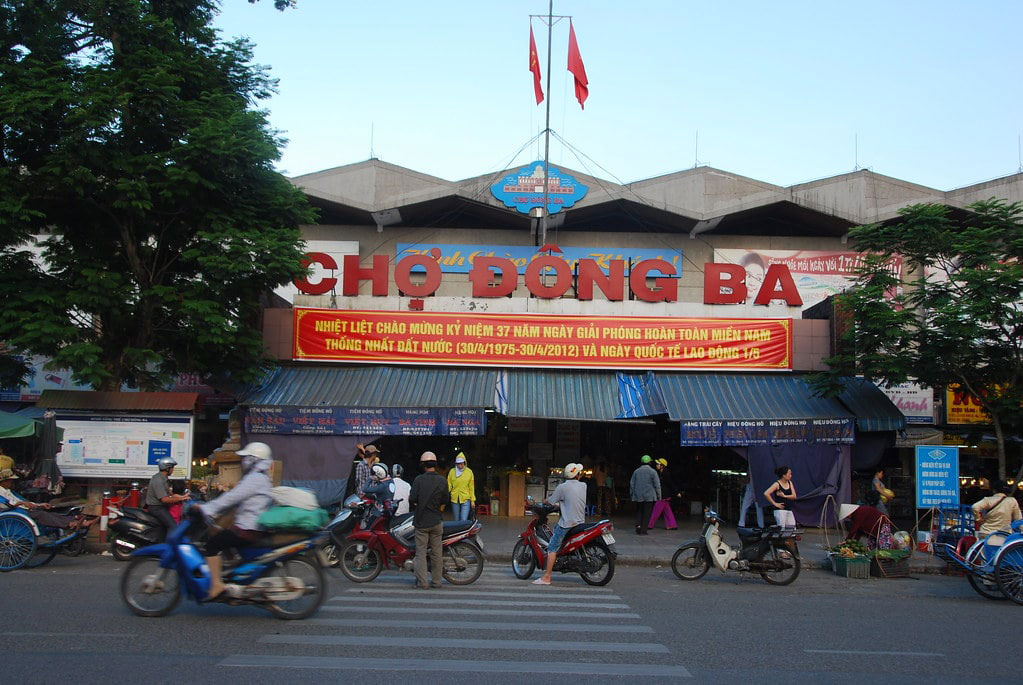
Best Time to Visit Dong Ba Market
Timing your visit can dramatically impact your experience. The market operates daily from 3:00 AM to 7:00 PM, but different times offer unique advantages:
| Time | Experience | Best For |
|---|---|---|
| 3:00 AM – 6:00 AM | Wholesale activities, fresh seafood arrival | Photography enthusiasts, early birds |
| 6:00 AM – 9:00 AM | Local breakfast scene, moderate crowds | Food lovers, cultural immersion |
| 9:00 AM – 12:00 PM | Peak shopping hours, full vendor availability | Souvenir shopping, general exploration |
| 2:00 PM – 5:00 PM | Quieter atmosphere, better bargaining opportunities | Leisurely shopping, avoiding crowds |
What to Buy at Dong Ba Market
The market’s three floors house an incredible variety of goods. Here’s your comprehensive shopping guide:
Ground Floor: Fresh Food Paradise
The ground floor buzzes with activity as vendors sell fresh produce, seafood, and meat. Even if you’re not buying, walking through offers fascinating insights into local dietary preferences and cooking ingredients.
First Floor: Fashion and Textiles
This floor specializes in:
- Traditional Ao Dai: Vietnam’s national dress, available in silk and modern fabrics
- Non La: The iconic conical hat, both plain and decorated versions
- Fabrics and Tailoring Materials: Perfect for custom-made clothing
- Ready-made Clothing: Modern and traditional styles at bargain prices
Second Floor: Souvenirs and Handicrafts
The top floor is a treasure trove for gift hunters:
- Handmade Jewelry: Silver accessories and beaded creations
- Traditional Handicrafts: Lacquerware, bamboo products, and ceramics
- Hue Specialties: Royal tea, me xung candies, and tom chua snacks
- Incense and Spiritual Items: Used in Vietnamese religious practices
Must-Try Food at Dong Ba Market
No visit to Dong Ba Market is complete without sampling the local cuisine. The food court and surrounding stalls offer authentic Hue cuisine at incredibly affordable prices.
Signature Dishes to Try:
Bún Bò Huế (Beef Noodle Soup)
The city’s famous spicy beef noodle soup deserves its reputation. Unlike its cousin pho, this dish packs a flavorful punch with lemongrass, shrimp paste, and chili oil. Expect to pay 30,000-40,000 VND per bowl.
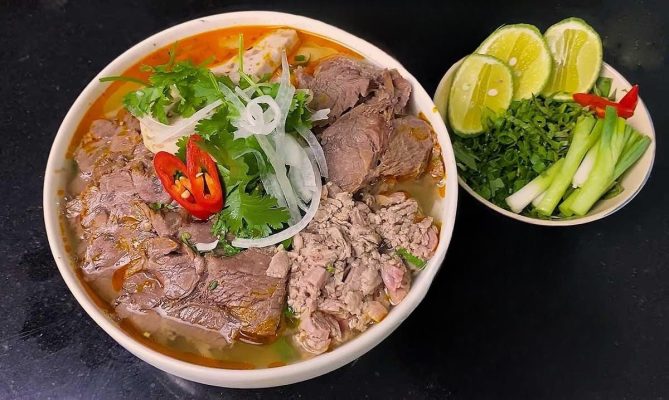
Bánh Bèo (Steamed Rice Flour)
These delicate steamed rice cakes topped with dried shrimp and crispy pork skin represent Hue’s refined culinary traditions. A plate of six costs around 20,000 VND.
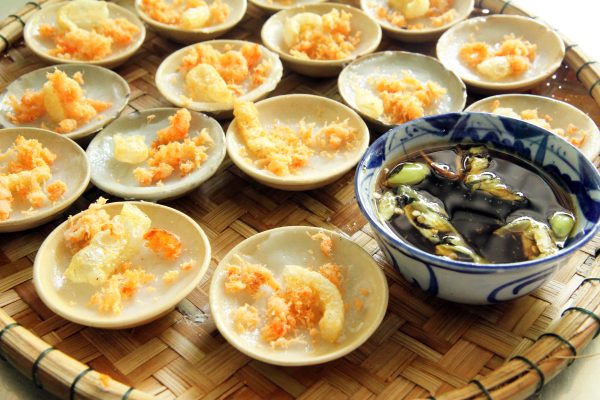
Bánh Khoái (Hue’s Crispy Pancake)
These are crispy pancakes that are stuffed with shrimp, pork, egg, and bean sprouts. They are folded in half cut into pieces, and eaten with a special sauce made from pork liver, peanuts, sesame, and soy sauce. The pancakes have a crunchy and tender texture and a nutty and sweet flavor.
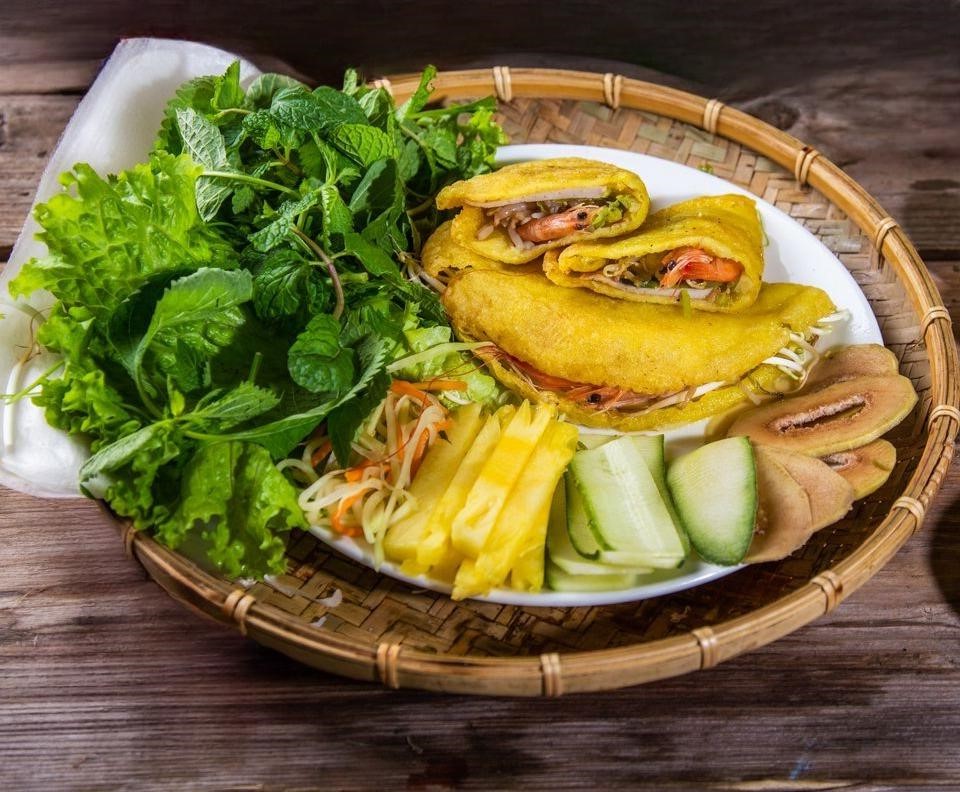
Bánh Lọc (Tapioca Dumplings)
These are clear shrimp and pork dumplings that are made from tapioca flour and filled with minced fatty pork or bacon and shrimp, adding a little seasoning of sugar, pepper, chili, and fish sauce. Each dumpling is then wrapped in banana leaves and steamed. The portions are small and can be eaten as a snack and appetizer.
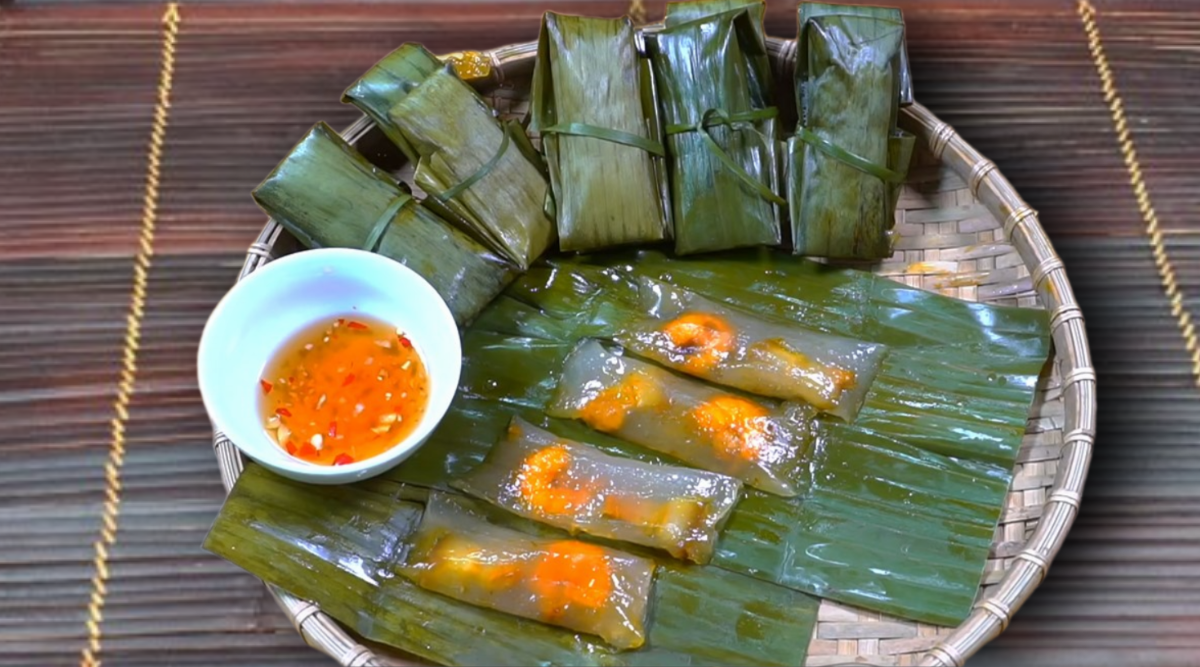
Cơm Hến (Clam Rice)
This is a mussel rice dish that is made from rice mixed with baby mussels, fried pork fat, peanuts, sesame seeds, and herbs. The dish is served with a spicy broth made from fish sauce, shrimp paste, chili, and ginger. The dish has a crunchy and chewy texture and a spicy and sour flavor.
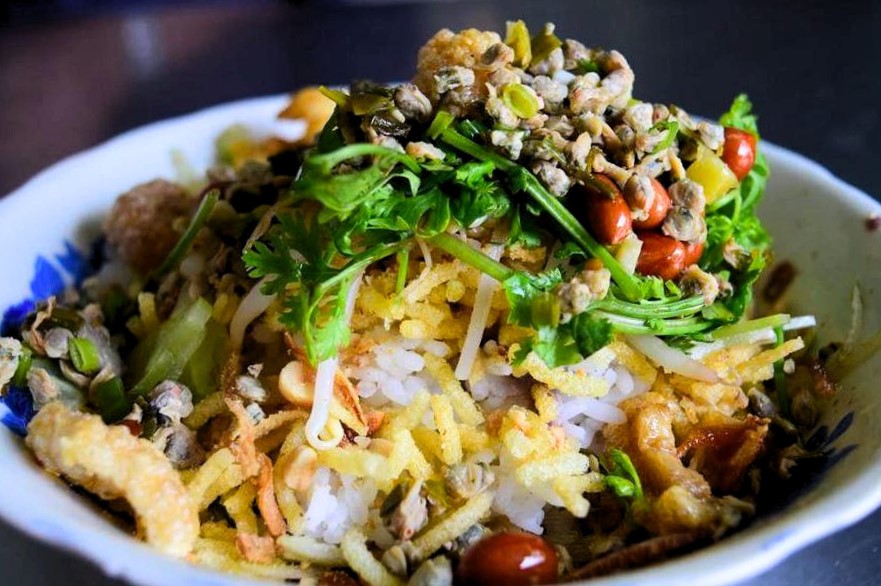
Bánh Nậm (Steamed Flat Rice Dumplings)
These are rectangular dumplings that are made from rice flour and filled with shrimp and pork, seasoned with fish sauce, sugar, pepper, and scallion. Each dumpling is then wrapped in banana leaves and steamed. The dumplings have a soft and moist texture and a savory and sweet flavor.
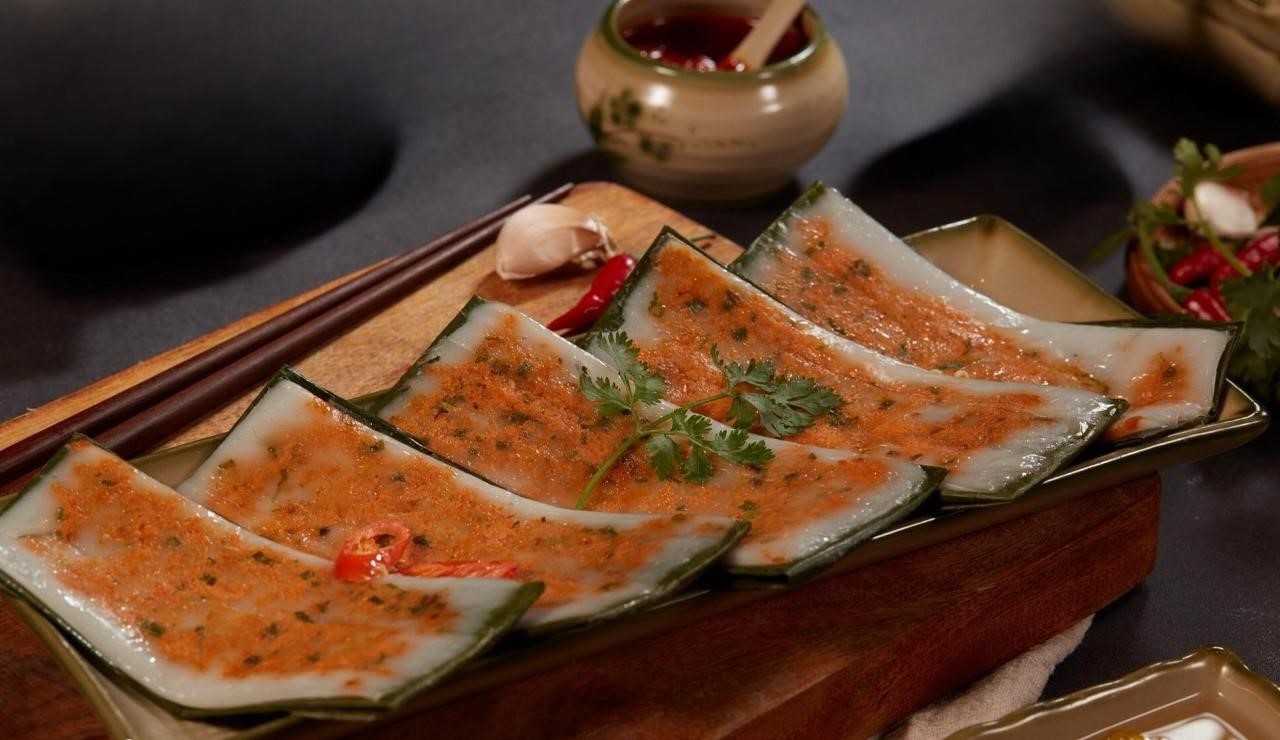
Handicrafts and Souvenirs
If you are looking for some unique and meaningful souvenirs to bring home from your trip to Hue, you will not be disappointed by the variety of local crafts and handmade products available at Dong Ba Market. Here are some of the highlights:
- Lacquerware: Dong Ba lacquer shop is one of the famous souvenir shops in Hue, specializing in beautiful lacquerware as well as handicraft products. You can find many items such as trays, boxes, vases, bowls and paintings, all decorated with intricate patterns and colors.
- Pottery: Ceramic products such as vases, pots, cups, bowls, and plates are made from clay and glazed with natural colors. The ceramics have a distinctive style, featuring simple shapes and delicate patterns inspired by nature.
- Conical hats: Hue is also known for its Nón lá, also known as conical hats, which are not only a practical accessory to protect against sun and rain but are also a symbol of Vietnamese culture and identity. The hats are made from palm leaves and bamboo, some with hidden patterns or poems inside, which can only be seen when held up to light.
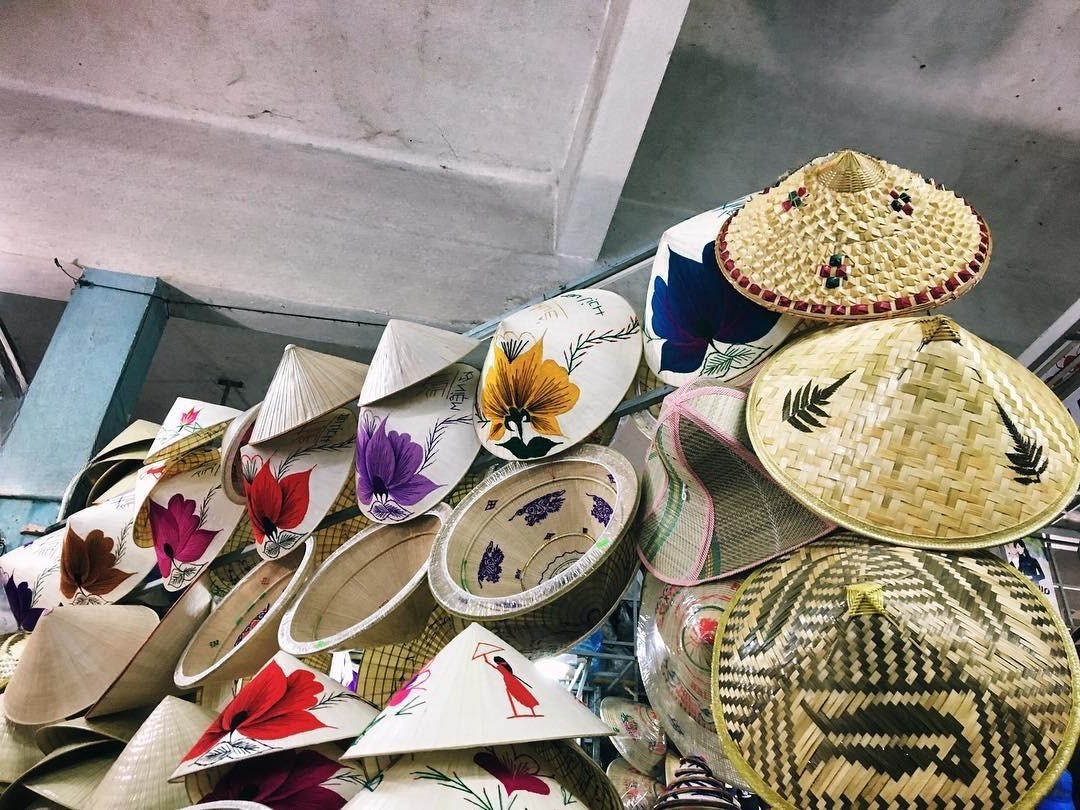
Making the Most of Your Visit
Dong Ba Market represents everything wonderful about Vietnamese market culture—the energy, the bargains, the flavors, and the human connections. Whether you’re hunting for souvenirs, sampling street food, or simply soaking in the atmosphere, this historic marketplace delivers an authentic slice of Hue life.
Plan at least 2-3 hours for your visit, bring your bargaining skills, and come with an empty stomach. The memories—and likely several shopping bags—you’ll take home make navigating the crowded aisles worthwhile.
For more information about exploring Hue’s attractions, check out our comprehensive Hue Travel Guide or contact SAMTOUR VIETNAM for personalized tour arrangements that include Dong Ba Market and other cultural highlights.
“In the digital age of online shopping, places like Dong Ba Market remind us why human interaction and cultural exchange remain irreplaceable parts of the travel experience.”
Remember, Dong Ba Market isn’t just about what you buy—it’s about the stories you collect, the flavors you discover, and the glimpse into daily Vietnamese life that no luxury mall can replicate. Make it a priority on your Hue itinerary, and you’ll understand why this century-old market continues captivating visitors from around the world.


